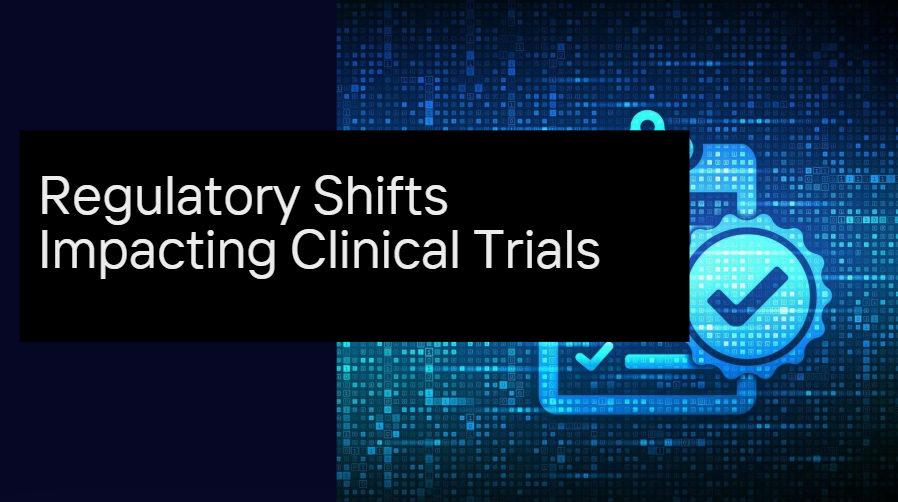Executive Summary
The European healthcare sector is experiencing a significant wave of consolidation in 2025, with mergers and acquisitions (M&A) activity surging across biotech, pharmaceuticals, medtech, and digital health.
Strategic realignments, rising investor confidence, and regulatory harmonization are driving deal flow, while innovation remains a central motivation behind many transactions.
This report explores the key players, landmark deals, and emerging trends that are shaping the future of healthcare across Europe.
1. Market Context: What’s Driving M&A Activity in 2025?
Healthcare M&A in Europe is rebounding with force after a cautious 2023–2024 period. Key drivers include:
-
Innovation Access: Large incumbents are acquiring nimble startups to secure pipelines of novel therapies and digital solutions.
-
Operational Synergies: Companies seek economies of scale in response to pricing pressures and supply chain volatility.
-
Private Equity Interest: PE firms view healthcare as resilient, especially in volatile macroeconomic conditions.
-
Cross-Border Expansion: Firms aim to expand into new EU markets, leveraging regulatory harmonization and unified data protocols.
📊 Deal Volume Insight:
In Q1–Q2 2025, European healthcare M&A deals totaled €78 billion, up 32% year-over-year.
2. Notable M&A Deals of 2025 (So Far)
Here are some of the year’s most impactful transactions:
Roche acquires Biogenesys Therapeutics (Germany)
-
Value: €6.2 billion
-
Focus: Rare genetic disorders
-
Rationale: Expands Roche’s gene therapy pipeline and strengthens its foothold in the personalized medicine segment.
Sanofi merges its digital health subsidiary with Healio (UK)
-
Structure: Joint venture
-
Focus: AI-driven digital therapeutics
-
Impact: Creates one of Europe’s largest platforms for remote chronic disease management.
Fresenius Medical Care acquires Medihome (Spain)
-
Value: €950 million
-
Focus: Home dialysis and virtual nephrology care
-
Rationale: Expands Fresenius’ reach in the decentralized care market.
Orpea (France) buys NeuroBalance Clinics (Netherlands)
-
Value: Undisclosed
-
Focus: Mental health and neuro-rehabilitation
-
Trend: Mental health services continue to attract institutional and private capital.
3. Sector-Wise M&A Insights
Biotech & Pharmaceuticals
-
Focus on rare diseases, oncology, and mRNA-based therapies.
-
Licensing deals remain popular as an alternative to full acquisitions.
-
Regulatory reforms in the EU (faster approvals, data sharing) are attracting global buyers.
Investor Note: Mid-cap biotechs with late-stage assets are high-value targets.
Medtech
-
Focus on diagnostics, imaging, and surgical robotics.
-
Companies are acquiring rivals to integrate full-service offerings.
Trend: AI-based diagnostic firms are becoming prime acquisition targets for legacy medtech players.
Digital Health
-
Major consolidation across telehealth, remote monitoring, and clinical trial tech platforms.
-
High demand for startups with proven real-world deployment and reimbursement partnerships.
Graph Idea:
Bar chart showing top 5 sub-sectors in health tech by M&A volume (2025)
(Telehealth, RPM, AI diagnostics, Clinical trial platforms, Mental health apps)
Mental Health
-
Continues to attract both strategic and financial buyers.
-
Europe’s growing regulatory support for digital mental health is fueling the trend.
4. Key Players to Watch
Big Pharma
-
Roche, Sanofi, Novartis, and AstraZeneca are actively acquiring or partnering with innovative biotech firms.
-
Many are divesting non-core units to focus on personalized therapies and digital transformation.
Private Equity
-
Firms like Permira, EQT, and Cinven are increasing exposure to European health services and medtech.
-
PE-led platform rollups (e.g., in dental clinics and specialty care) are rising sharply.
Health Tech Giants
-
Tech-enabled players (e.g., Doctolib, Babylon, Ada Health) are using M&A to scale across regions and services.
-
Expect further acquisitions of diagnostic and data analytics startups.
5. Emerging Trends in European Healthcare M&A
Rise of “Buy and Build” Strategies
Private equity and strategic buyers are using rollup tactics to build multi-country networks — especially in health services and diagnostics.
Focus on Digital Enablement
Every M&A deal is being evaluated for digital integration: Can this target improve data, automation, and remote capabilities?
ESG Considerations
Sustainability and patient equity now factor into due diligence. Investors are favoring companies with clear ESG commitments.
Post-Brexit Rebalancing
UK firms are pursuing EU acquisitions to regain market alignment post-Brexit, while EU players are entering the UK to access its mature health system.
AI-Led Targeting
Investment firms are using AI tools to scan for acquisition targets, using predictive models to spot clinical and financial outperformance.
6. Regulatory Landscape: Easing but Complex
The European Medicines Agency (EMA) and national regulators are making M&A approval smoother through:
-
Streamlined reviews
-
Pan-EU data sharing frameworks
-
Support for digital clinical evidence
However, due diligence remains complex, particularly when data privacy and cross-border compliance are involved.
Tip: Investors should watch ongoing changes to the EU Artificial Intelligence Act, which may impact digital health and AI-enabled targets.
7. Strategic Considerations for Investors
If you’re investing in or acquiring within Europe’s health sector, consider:
-
Pipeline Strength: Look for biotech firms with Phase 2/3 assets and regulatory traction.
-
Tech Integration: Evaluate how well targets enable digital care and patient engagement.
-
Market Positioning: Focus on firms operating in high-growth or underserved areas (e.g., neuro, rare diseases, mental health).
-
Exit Optionality: Favor sectors with active buyer interest — e.g., RPM, mental health, diagnostics — for better exit outcomes.



